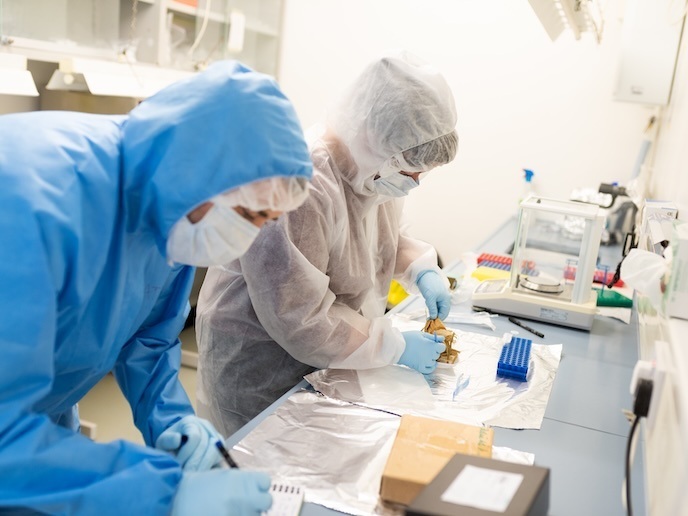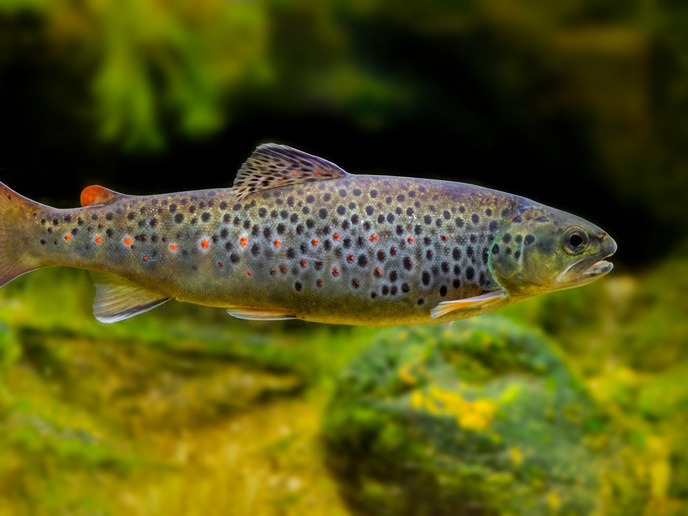Using Technology Era tools to tell Stone Age stories
What if the secrets of the past could be unveiled using the technology of the future? That’s the question the EU-funded ChemArch(opens in new window) project wanted to answer. With the goal of advancing our understanding of the past, the project used state-of-the-art chemical and molecular methods to enhance the thousands of prehistoric artefacts found in museums across Europe. “Bone tools, pottery and wooden artefacts from thousands of years ago connect us with our shared cultural heritage,” explains Oliver Craig, a researcher at the University of York(opens in new window), the project’s coordinating partner. “Using novel scientific analysis, our goal was to illuminate these connections in ways that were inconceivable even just a few years ago.” The project received support from the Marie Skłodowska-Curie Actions(opens in new window) programme.
A focus on everyday artefacts
With a focus on everyday artefacts such as ceramics, utensils and foodstuffs, the project used new molecular tools and data to help tell the story of what life was like for Stone Age Europeans. During the project, researchers examined the representation of wooden artefacts in prehistoric archaeological assemblages, recovered proteins from prehistoric pottery using immunological and proteomic approaches, and derived insight into Neolithic hunting tools by examining DNA found in gum adhered to their surfaces. “The fact that DNA can be unlocked from artefacts gives us direct insights into the people who used them, while the high-resolution identification of food remains associated with artefacts provides insight into past economic and culinary practices,” says Craig. Researchers also tracked cereal processing in neolithic pottery, conducted a chemical analysis of stone cooking technologies, explored the artefactual record of feasting, and analysed genetic and chemical evidence of wine production. The project even looked at prehistoric chewing gum. “The research is beginning to challenge our understanding of how prehistoric technologies were incorporated into such everyday tasks as cooking, manufacturing and repair,” adds Craig.
Training the next generation of researchers
In addition to the research itself, the project developed standardised guidelines for sampling artefacts for chemical analysis. The guidelines are available via the project’s website(opens in new window). But perhaps the project’s most important output is the researchers themselves. The project involved 15 doctoral students from across Europe, who were given the chance to get hands-on experience in archaeological chemistry and biomolecular archaeology. “Our team of early-career researchers will not only benefit from the new research skills they acquired, they will also be able to leverage the international network of collaboration established during the project as they move into careers as academics or in the heritage sector,” concludes Craig.







